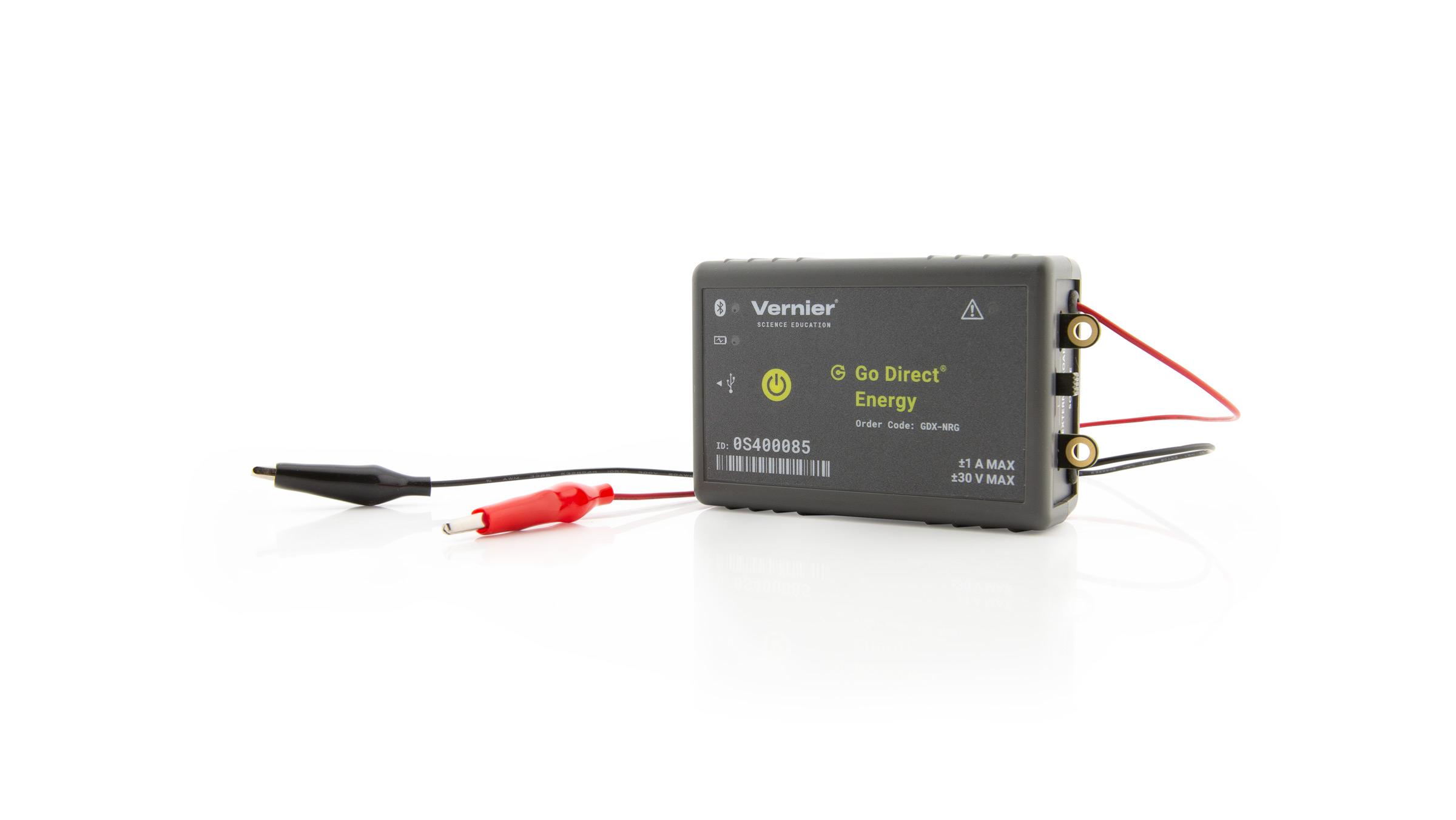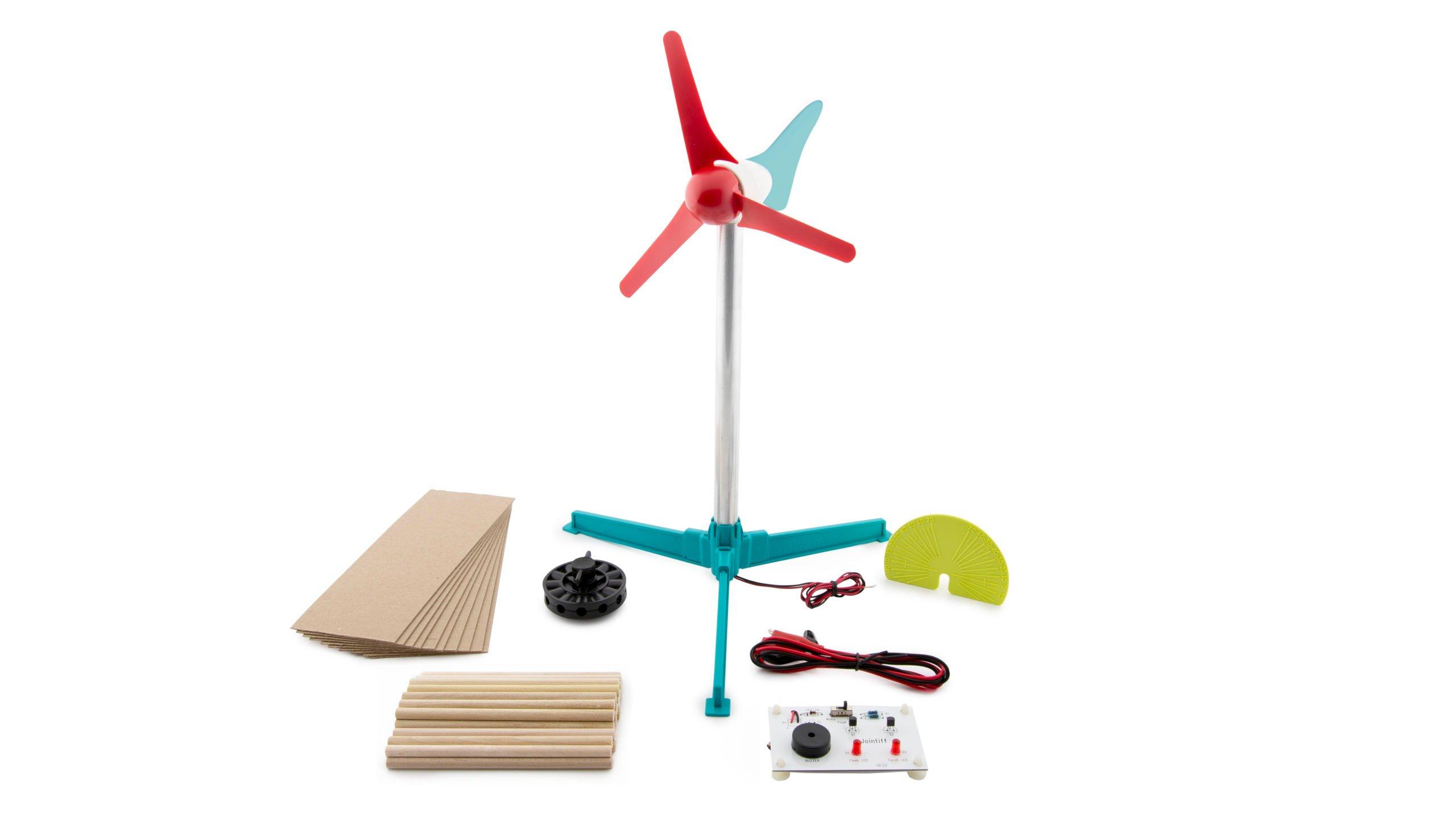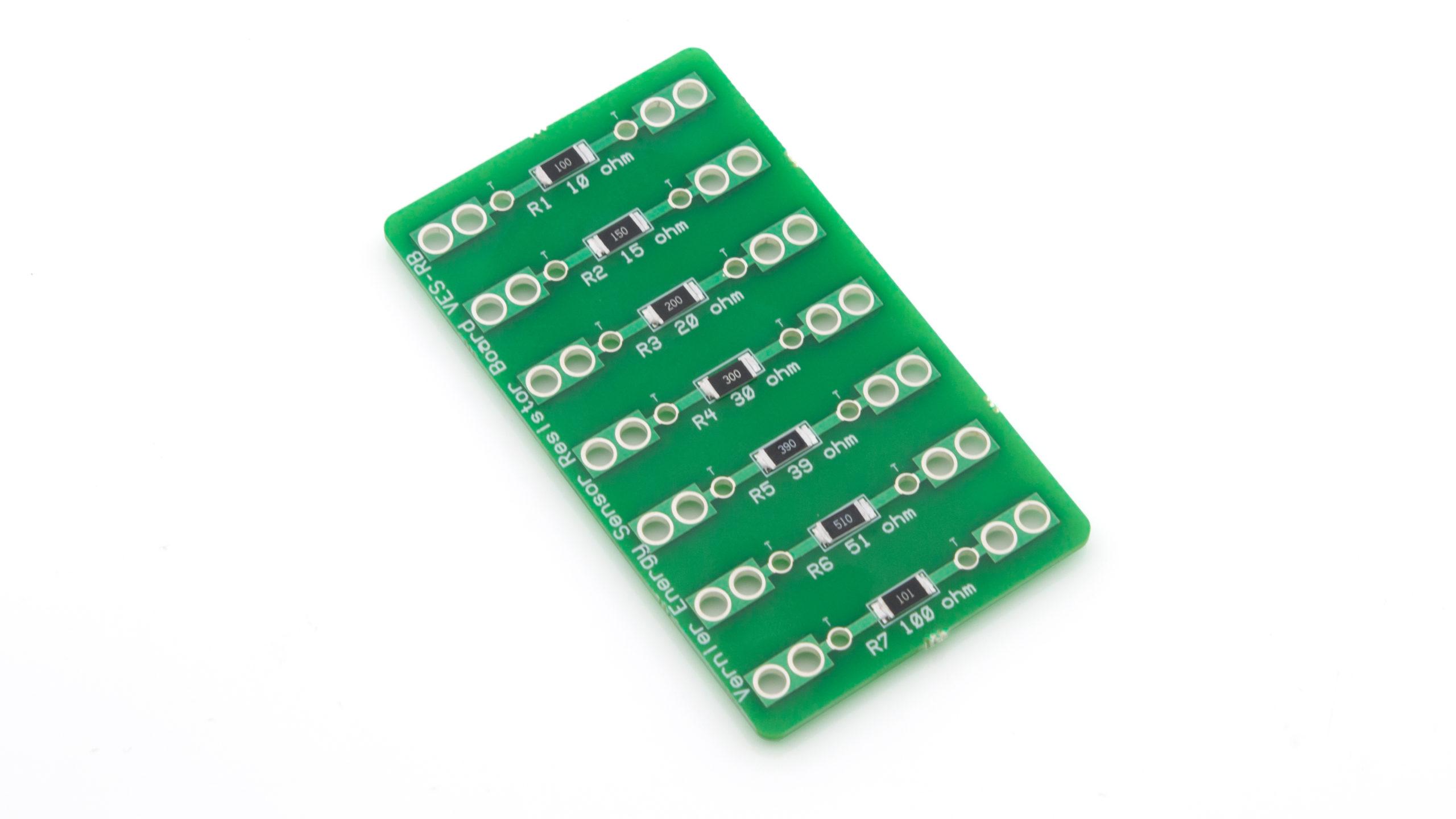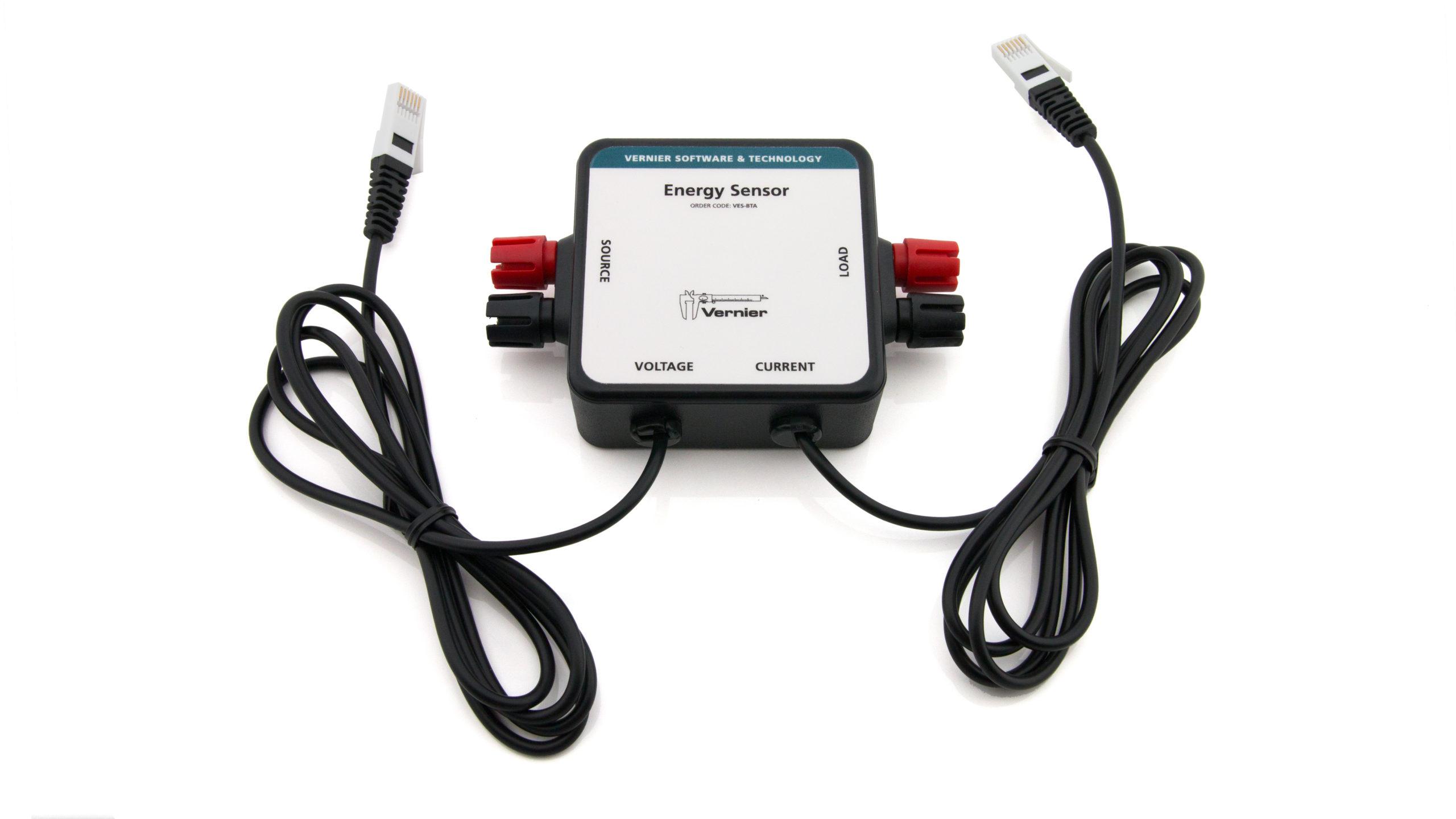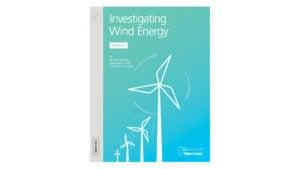Exploring Wind Turbine Blades
Experiment #5 from Investigating Wind Energy
- Education Level
- Elementary School
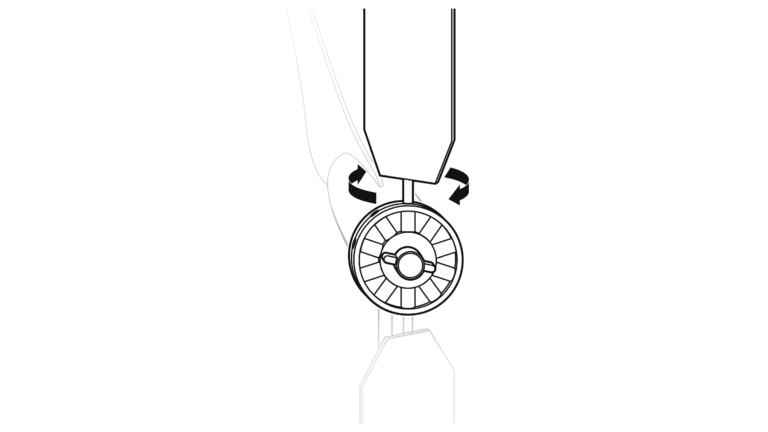
Introduction
Blade design and engineering is one of the most complicated and important aspects of wind turbine technology. The blades of a wind turbine are the parts of the turbine that catch the wind. This causes the turbine to spin, which causes the generator to generate electricity. If the blades do not move, the wind turbine cannot generate electricity.
Blade design engineers try to design blades that efficiently capture wind energy. They also need to design blades that are durable, quiet, and affordable.
In this experiment, you will explore how blades interact with the wind and make the turbine spin. You will use data-collection equipment to measure the output of the wind turbine to determine how blade orientation affects the flow of electrons in a circuit. This information will allow you to set up your turbine correctly as you explore more advanced blade design in other experiments.
Objectives
- Explore how the orientation of a blade affects the direction in which the wind turbine spins.
- Measure current and potential difference (voltage) output of a wind turbine with a Vernier Energy Sensor.
- Explore how orientation of a blade affects the sign of the current and potential difference values.
Sensors and Equipment
This experiment features the following sensors and equipment. Additional equipment may be required.
Ready to Experiment?
Ask an Expert
Get answers to your questions about how to teach this experiment with our support team.
- Call toll-free: 888-837-6437
- Chat with Us
- Email support@vernier.com
Purchase the Lab Book
This experiment is #5 of Investigating Wind Energy. The experiment in the book includes student instructions as well as instructor information for set up, helpful hints, and sample graphs and data.

